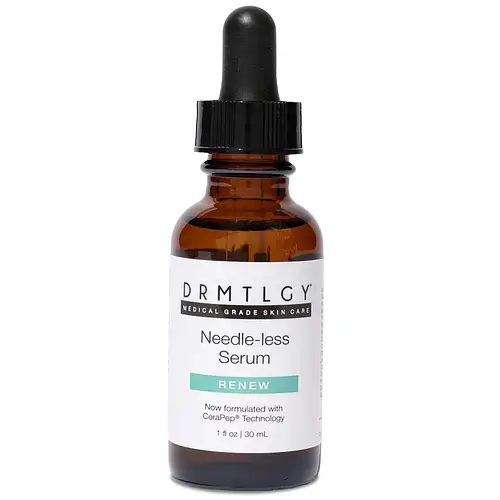innisfree Daily UV Defense Mineral Sunscreen SPF 50 - Sweden Versus EltaMD, Inc UV Clear Broad-Spectrum SPF 46
Updated on August 26, 2024
Overview
What they are
These products are both sunscreens. They have a total of 0 ingredients in common
Cool Features
They both contain hyaluronic acid, niacinamide, SPF and Vitamin E
Suited For
They're both likely to be good for fighting acne, anti aging, dry skin, brightening skin, sensitive skin, oily skin, reducing pores, scar healing and dark spots
Free From
They both do not contain any harsh alcohols, common allergens, fragrances, oils or parabens
What's Inside
They both contain silicones
We independently verify ingredients, and our claims are backed by peer-reviewed research. Spot a product that needs an update? Let us know.
Ingredient Info
innisfree Daily UV Defense Mineral Sunscreen SPF 50 45 ingredients
EltaMD, Inc UV Clear Broad-Spectrum SPF 46 17 ingredients
What's inside (and what isn't)
What's inside (and what isn't)
At a glance
Click on any of the items below to learn more
innisfree Daily UV Defense Mineral Sunscreen SPF 50 45 ingredients
EltaMD, Inc UV Clear Broad-Spectrum SPF 46 17 ingredients
Key Ingredients
Benefits
Concerns
Key Ingredients
Benefits
Concerns
Ingredients Side-by-side
Ingredient Ratings
Here's what our community thinks of the ingredients in these products.
When to use
innisfree Daily UV Defense Mineral Sunscreen SPF 50 45 ingredients
EltaMD, Inc UV Clear Broad-Spectrum SPF 46 17 ingredients


Reviews
Here's what our community thinks
innisfree Daily UV Defense Mineral Sunscreen SPF 50 45 ingredients
Be the first to review Daily UV Defense Mineral Sunscreen SPF 50
Write the first review
